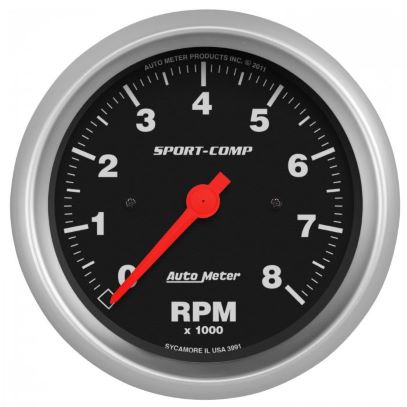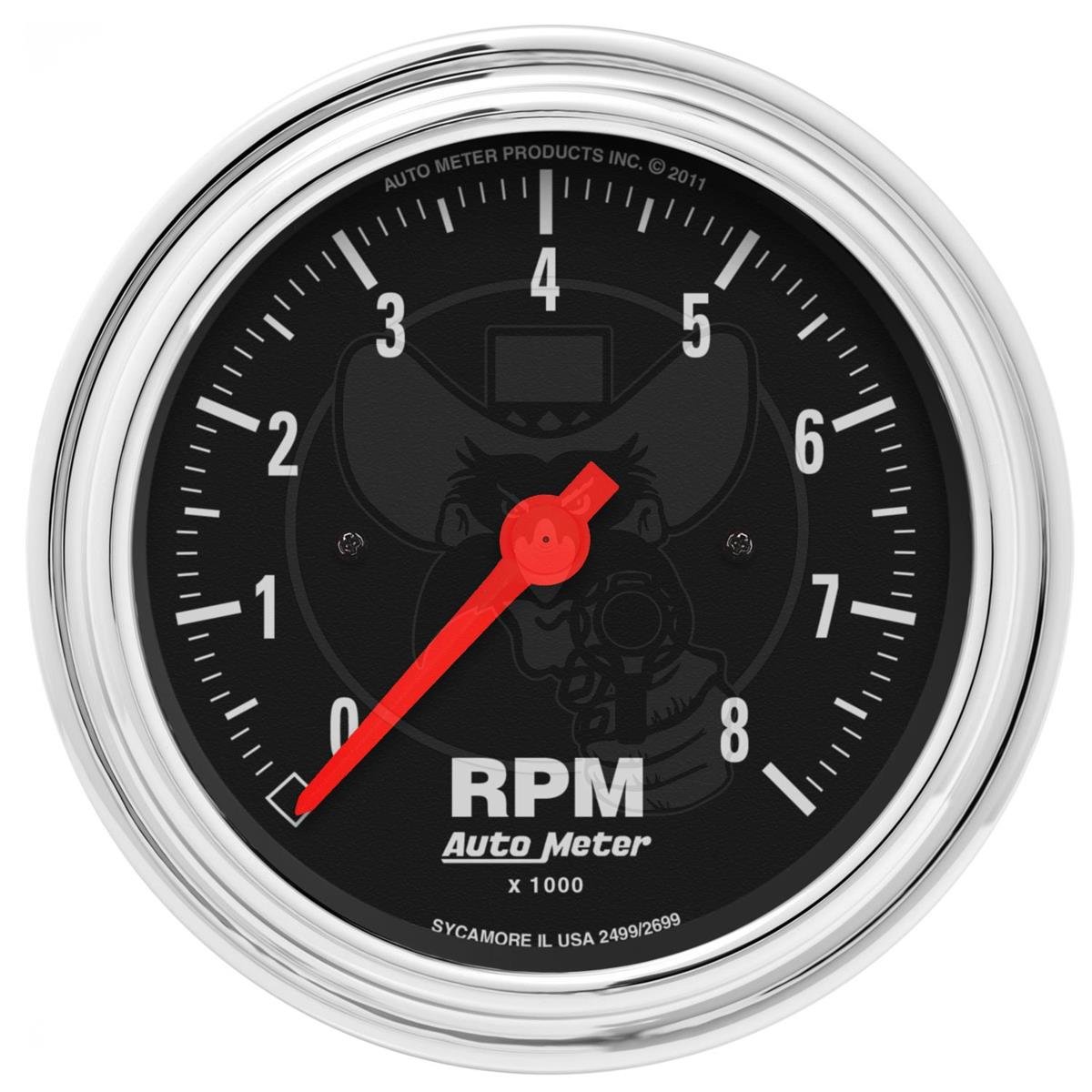How to Select the Right Tachometer for Your Cars And Truck or Bike
How to Select the Right Tachometer for Your Cars And Truck or Bike
Blog Article
Unlocking the Keys of Tachometers: Every Little Thing You Required to Learn About This Crucial Tool in Your Lorry
Recognizing the ins and outs of tachometers can supply useful insights right into your lorry's efficiency and maintenance requirements. From gauging engine rate to analyzing the data it presents, tachometers function as a vital tool for lorry proprietors and enthusiasts alike. By unraveling the enigmas behind this necessary instrument, you can open a riches of information that can boost your driving experience and make sure the longevity of your lorry.
Value of Tachometers
The significance of tachometers depends on their capability to provide critical real-time data concerning an engine's rotational speed, enabling exact tracking and upkeep of equipment. By measuring the changes per minute (RPM) of an engine's crankshaft, tachometers supply valuable understandings into the engine's efficiency - tachometer. This data is necessary for making certain that the engine runs within its optimal array, avoiding prospective damage from over-revving or underperforming
Tachometers play a crucial duty in helping drivers and professionals discover any kind of anomalies in the engine's rate, which can indicate problems such as gas inefficiency, mechanical issues, or too much strain on the engine. By immediately recognizing these concerns through tachometer readings, upkeep can be executed proactively, avoiding expensive fixings and downtime over time.
Additionally, tachometers are specifically crucial in high-performance cars and equipment, where specific control over engine rate is needed for ideal operation. Competing autos, aircraft, and industrial equipment count on tachometers to provide peak efficiency while keeping safety and security criteria. Basically, tachometers are not simply tools for gauging rate yet indispensable tools for guaranteeing the smooth and effective operation of engines across various applications.
How Tachometers Step Engine Speed
Making use of sensors that spot the regularity of electrical pulses generated by the engine's ignition system, tachometers properly determine the rotational speed of an engine. By monitoring the price at which these pulses are received, tachometers provide real-time comments on how fast the engine's crankshaft is revolving per minute, generally referred to as revolutions per min (RPM)
The tachometer's sensor, usually linked to the engine's ignition coil or spark plug cables, picks up the electric signals produced each time a cylinder fires. These signals are after that exchanged RPM analyses displayed on the scale or instrument collection within the driver's sight. Tachometers can be analog or electronic, with contemporary lorries typically including electronic display screens for precise and instantaneous RPM analyses.
This information is vital for drivers to comprehend the engine's efficiency, avoid over-revving, maximize equipment shifting, and make certain effective fuel usage. By properly gauging engine speed, tachometers play a crucial duty in helping motorists run their vehicles safely and effectively.
Analyzing Tachometer Readings
Having a clear understanding of just how tachometers determine engine rate sets the foundation for efficiently analyzing the RPM analyses presented. Interpreting tachometer readings is critical for optimal car performance and engine health and wellness. RPM (Transformations Per Min) analyses on the tachometer show the rate at which the engine's crankshaft is rotating. When the engine is idling, the tachometer needle generally rests around 600-1000 RPM, depending upon the automobile. As you increase, the RPM will certainly raise, reflecting the engine's higher rotational speed. When moving gears in a hands-on transmission automobile, the RPM will certainly go down as you engage the clutch and modification gears, then increase again as you accelerate in read what he said the new gear. Keeping track of the tachometer can aid you identify one of the most effective changing indicate maximize gas economic climate and engine power. In addition, uncommon fluctuations or constantly high RPM analyses could indicate potential concerns with the engine that might require specialist interest. By focusing on the tachometer readings and understanding exactly how to analyze them, you can guarantee your car operates efficiently and effectively.


Tips for Using Tachometers Effectively
To improve driving performance and maximize engine performance, what trick techniques can be executed for properly using tachometers? Tachometers are vital devices that give real-time feedback on engine rate, allowing vehicle drivers to make educated choices for much better efficiency - tachometer. Right here are some tips for making use of tachometers efficiently:
Comprehending Optimal RPM Variety: Acquaint on your own with the optimal RPM (Changes Per Min) array for your car. This range differs between different autos and is typically suggested in the proprietor's manual. Keeping the engine within this variety can boost gas efficiency and extend the engine's life expectancy.
Changing Gears at the Right Time: Use the tachometer to identify the finest time to change gears. Upshifting prematurely or as well late can lead to decreased efficiency and efficiency. Objective to shift equipments when the RPM gets to the optimum variety for the next gear.
Keeping An Eye On Engine Anxiety: High RPMs for extended periods can stress the engine. Watch on the tachometer to avoid over-revving, specifically throughout velocity or when bring hefty lots.
Tachometers and Automobile Maintenance
When thinking check that about car maintenance, tachometers play an essential role in monitoring engine efficiency and identifying prospective problems. Tachometers provide essential information on engine rate, permitting motorists and mechanics to ensure that the engine is running within the suggested RPM range. the original source Routinely monitoring the tachometer analyses can help recognize issues such as engine misfires, worn-out ignition system, or problems with the fuel distribution system. By taking note of the tachometer, chauffeurs can protect against extreme strain on the engine, which can bring about expensive repairs down the line.
Along with identifying prospective concerns, tachometers can also help in maximizing fuel efficiency. By maintaining the engine speed within the optimum range, motorists can improve their gas mileage and decrease fuel consumption. This not just benefits the driver's pocketbook yet likewise adds to environmental conservation by lowering dangerous exhausts.
Conclusion

Report this page